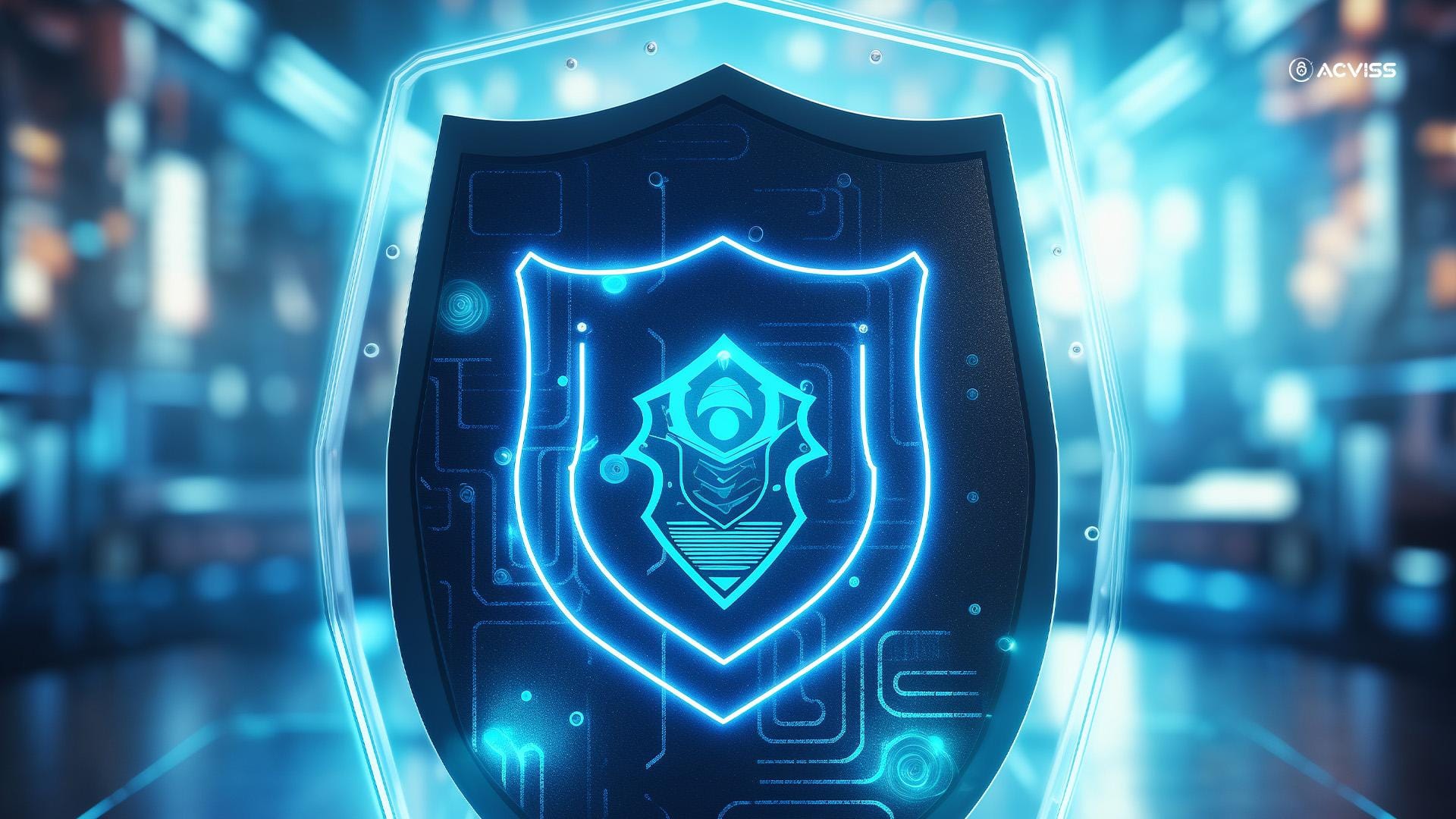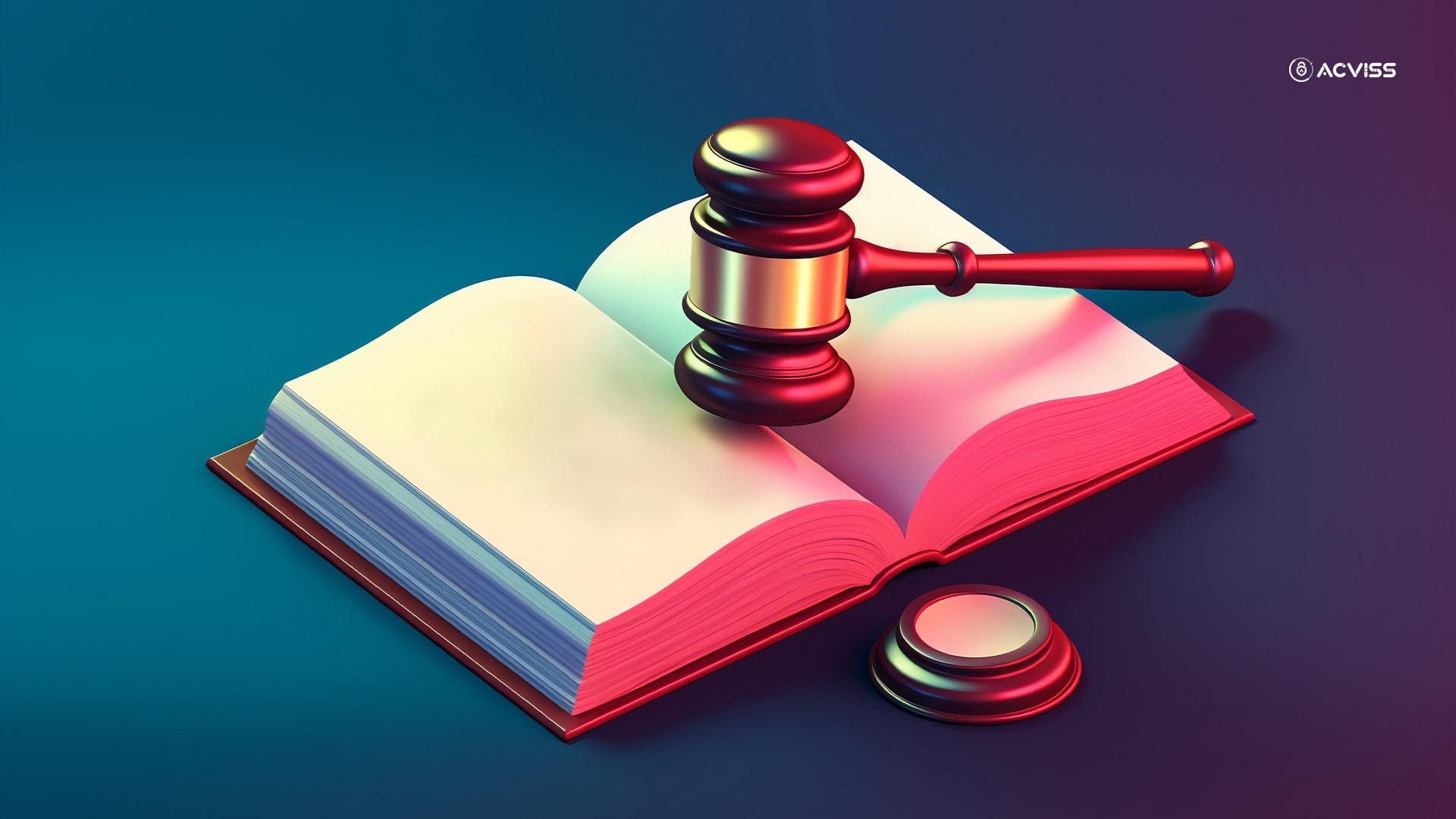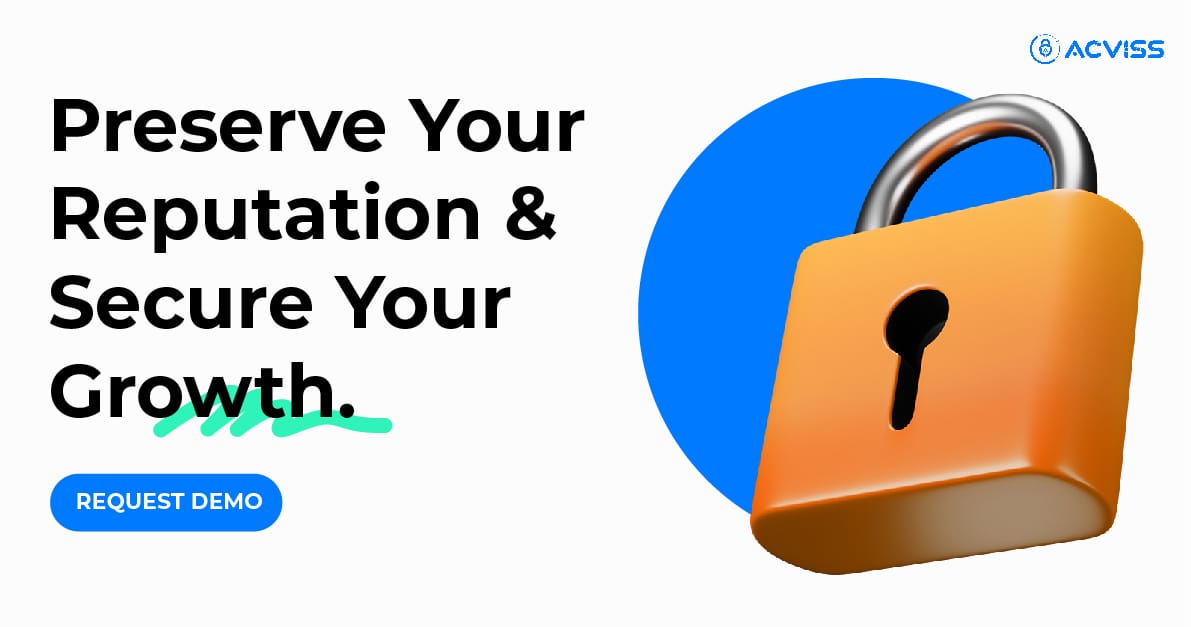How New Legislation and Global Laws Are Tightening Anti-Counterfeit Measures

Counterfeiting is no longer just a trademark issue or a business inconvenience in 2025; it’s a full-blown global crisis. Every major industry, like luxury fashion, pharmaceuticals, and more, is infiltrated by fake goods. This is costing brands billions and putting consumers at risk. But the real story this year isn’t just about the rising volume of fakes; it’s about how governments are fighting back harder than ever.
Across continents, legislation is tightening. New compliance mandates are placing greater responsibility on brands, importers, and e-commerce platforms to verify authenticity and prove supply chain transparency. And perhaps no law has made that shift more obvious than the U.S. STOP Act, a regulation that, while designed to curb synthetic opioid trafficking, is now influencing how customs, retailers, and manufacturers view traceability and authentication across all sectors.
In this blog, we’ll explore how the STOP Act is quietly reshaping anti-counterfeiting strategies far beyond pharmaceuticals and how similar laws across India, Europe, China, and the Middle East are forcing brands to rethink their compliance game. We’ll break down the legal trends, highlight real-world business implications, and show how technology like Acviss is helping bridge the gap between regulation and execution.
Whether you're a brand owner, exporter, or supply chain decision-maker, staying ahead of these new anti-counterfeit measures isn’t just smart. In 2025, it’s non-negotiable.
The US STOP Act: Not Just About Pharma Anymore
At first glance, the Synthetics Trafficking and Overdose Prevention (STOP) Act sounds like a niche law targeting the opioid crisis in the United States. And while that’s its origin, designed to curb the influx of synthetic drugs through international mail, its ripple effects are now being felt far beyond pharmaceuticals.
Under the STOP Act, customs authorities are empowered to enforce stricter electronic data requirements for inbound shipments. In simple terms, if you’re shipping goods into the U.S., you must now provide detailed Advance Electronic Data (AED), including the origin, contents, and sender/receiver info. While this may seem routine, it’s significantly raising the bar for traceability and regulatory compliance, especially for global sellers operating in e-commerce and D2C models.
Why This Matters for Non-Pharma Brands
The STOP Act’s mechanisms, tighter customs scrutiny, enhanced data transparency, and verification mandates are setting a new standard for product authentication and supply chain transparency. These aren’t limited to controlled substances anymore. Authorities are increasingly leveraging these provisions to crack down on counterfeit goods across apparel, electronics, cosmetics, and even luxury items.
For D2C sellers, especially those shipping from overseas, this means one thing: Get compliant or risk rejection at the border. From accurate documentation to verifiable proof of product origin, brands must now implement systems that ensure traceability from production to delivery. Platforms like Amazon and eBay are already tightening seller requirements to align with such legal trends.
STOP Act as a Precedent for Global Enforcement
What makes the STOP Act particularly significant is its potential to influence global anti-counterfeiting laws. By putting customs and postal channels under the microscope, it’s creating a framework that other countries are beginning to emulate, pushing for real-time verification, tamper-evident labelling, and enhanced brand protection solutions.
In essence, the STOP Act is less about a single issue and more about setting a tone: Governments want proof. Proof of origin, proof of authenticity, and proof of compliance. And brands that aren’t ready to provide it? They risk fines, lost shipments, and reputational damage.
This makes it clear, anti-counterfeiting laws are no longer siloed into industry-specific regulations. Instead, they’re becoming embedded in broader trade, postal, and digital commerce ecosystems.
Anti-Counterfeit Laws Across Key Markets

The anti-counterfeiting crackdown isn’t just a U.S. phenomenon. Around the world, governments are enforcing stricter rules to protect consumers, brands, and trade ecosystems.
Here's a quick tour of how major markets are tightening the net:
1. 🇮🇳 India: Labelling, Standards, and Seller AccountabilityThe
- Legal Metrology Act mandates accurate declarations on product labels.
- BIS certification is now compulsory across several product categories like electronics and toys.
- New e-commerce rules hold platforms liable for counterfeit sales.
Brands must now prioritise authentication, labelling compliance, and verified seller networks to avoid legal fallout.
2. 🇪🇺 EU: From Safety to Sustainability
- Mandatory CE marking ensures only tested, verified products enter the market.
- The Product Safety Regulation strengthens penalties for unsafe and fake goods.
- The EUDR demands traceability for high-risk commodities like cocoa, timber, and coffee.
The focus is widening; it’s now about both authenticity and ethical sourcing.
3. 🇨🇳 China: Digital Labelling and Competition Law
- Enforcement under the Anti-Unfair Competition Law tackles fake branding and replicas.
- Platforms like Alibaba face rising pressure to remove counterfeit listings.
- Push toward digital product verification (QR codes, serialisation) is gaining momentum.
Foreign exporters must align with local IP protection and packaging standards.
4. Middle East & Africa: Pharma Leads the Way
- Egypt’s Track & Trace system mandates serialisation for all pharmaceuticals.
- GS1 barcoding standards are being adopted across the logistics and FMCG sectors.
Expect serialisation and supply chain visibility tools to become the norm.
5. Cross-Border Action: Interpol & Global Raids
- Interpol’s I-SPOC program is coordinating international efforts to dismantle counterfeit networks.
- Raids, seizures, and joint enforcement are now routine, especially in pharma and electronics.
Brands can no longer operate in silos, global compliance is essential.
Modern Anti-Counterfeit Laws: 5 Trends You Can’t Ignore

Across the globe, anti-counterfeiting laws are evolving fast, and 2025 marks a shift from optional to mandatory compliance. Here are five legal trends every brand must watch:
1. Serialisation and Product IDs Are Now Standard
Governments are requiring unique identifiers for every unit sold. Whether it’s a medical device in the U.S. or an electronic item in India, serialisation enables traceability and flags suspicious duplicates instantly.
2. Real-Time Authentication Tech is Being Mandated
From QR codes to RFID tags, digital authentication is no longer a “nice-to-have.” Laws increasingly expect products to carry tamper-evident, scannable tech that proves authenticity on the spot.
3. E-commerce Platforms Under Fire
Amazon, Flipkart, and other marketplaces are facing legal liability for fake goods sold by third parties. New rules demand tighter seller verification and takedown mechanisms, or risk fines and platform bans.
4. Public Databases for Verification
Regulators are pushing for open-access verification tools. Think the FDA’s NDC directory, EUIPO’s anti-counterfeit registry, or India’s BIS certification lookup, consumers can now check legitimacy directly.
5. Stiff Penalties for Non-Compliance
Modern laws come with teeth: multi-crore fines, customs seizures, blacklisting, and import bans. Brands ignoring compliance risk more than revenue, their reputation and market access are at stake.
What It Means for Brands
These global and tougher anti-counterfeit laws are shifting the responsibility onto brands. Manufacturers, marketplace, or private label sellers, compliance is no longer optional.
Here’s what’s at stake:
1. Rising Compliance Burden
From labelling accuracy to real-time traceability, brands must now meet strict legal benchmarks. In many regions, even marketplaces are liable if counterfeit products are sold through their platforms.
2. Legal Risks and IP Fallout
Failing to comply means trademark infringement lawsuits, product recalls, customs seizures, or worse, permanent bans. For many, the financial damage is often followed by a brand reputation collapse.
3. Authentication Is Now a Must
Product authentication is a legal safeguard. Non-cloneable QR codes, tamper-proof labels, and digital product IDs are fast becoming standard for brand protection solutions.
4. Transparency as a Differentiator
Supply chain transparency, which was earlier a sustainability initiative, is now a requirement for compliance. Retailers and regulators alike want to know where your product came from, who handled it, and how it's verified.
5. Proactive Beats Reactive
Brands must implement anti-counterfeit measures before enforcement knocks on the door or face consequences that could derail growth.
Tech as a Compliance Enabler, Not Just a Bonus

In 2025, regulatory tech is your first line of defence. From traceability to authentication, here’s how smart technology is helping brands stay compliant and protected.
1. Blockchain: Building Transparent Audit Trails
Blockchain offers immutable records for every transaction, ideal for sectors where proof of origin and chain of custody are legally required (think agri-exports or pharma). No more gaps in your supply chain story.
2. AI and Computer Vision: Spotting Fakes at Scale
AI-powered systems now scan packaging, barcodes, and even logos to identify inconsistencies or tampering in real time. Combine this with computer vision at warehouses, and you’ve got a digital watchdog.
3. Smart Packaging + Dynamic QR Codes
Gone are static tags. Brands are switching to dynamic, tamper-evident QR codes linked to real-time databases, allowing every product to be authenticated at the point of sale or delivery.
4. Certify by Acviss: Compliance, Built In
Certify by Acviss solution offers:
- Non-cloneable QR codes for bulletproof product authentication
- Real-time scan data to trace usage and flag anomalies
- ERP and e-commerce integration for smooth implementation across your stack
4. Industry Use Cases
- Fashion: QR labels that authenticate genuine designer pieces
- FMCG: Instant product verification at retail shelves
- Agri-inputs: Farmers scan to check fertiliser authenticity, meeting Legal Metrology norms
- Electronics: Proof-of-origin to satisfy BIS and CE marking requirements
Global Case Studies
Across industries and continents, legal crackdowns are forcing brands to rethink how they secure their products. Here's how real businesses responded, and how technology like Certify by Acviss helped them stay ahead.
Indian Electronics Manufacturer: Turning Regulation into Trust
With India tightening BIS certification and Legal Metrology enforcement, a mid-size electronics brand had to comply or face heavy penalties and market bans.
What changed: They deployed Acviss’s non-cloneable QR codes across product packaging. Each scan now logs geo-tagged, timestamped proof of sale, satisfying regulatory standards while giving buyers instant confidence in authenticity.
European FMCG Giant: Compliance Without the Complexity
To meet CE marking requirements, EUDR traceability, and anti-tampering mandates, a European personal care brand needed an integrated solution without disrupting existing supply chains.
What changed:
Using Certify, they rolled out tamper-evident QR codes that verify product origin and show compliance credentials. The brand now meets EU transparency laws while reducing returns caused by counterfeit complaints.
Whether it's supplements in the U.S., gadgets in India, or skincare in Europe, regulatory heat is real, and brands that move first are winning trust, market access, and peace of mind.
Anti-Counterfeit Laws in 2025 and Beyond
INFORM Consumers Act: More Eyes on Online Sellers
In the U.S., the INFORM Consumers Act puts greater accountability on e-commerce platforms, forcing high-volume third-party sellers to disclose key business information. Expect even tighter amendments aimed at:
- Real-time product verification
- Mandatory transparency in B2C listings
- Steep penalties for non-compliance
For brands, this means greater liability and a bigger need for anti-counterfeit solutions that verify each product sold online.
EU’s Digital Services Act (DSA): Policing Platforms
The DSA enforces platform accountability across the EU, especially marketplaces like Amazon, AliExpress, or Etsy. If fakes are sold through them, your brand could be legally responsible.
Combined with existing EUDR and CE requirements, it’s becoming clear: verification and traceability aren't optional anymore.
Push for Universal Product IDs
Global regulatory bodies are eyeing interoperable product identifiers, meaning a single digital ID that works across borders and systems. This will:
- Help brands maintain compliance across countries
- Prevent counterfeit leakage into informal or unregulated markets
- Require adoption of track-and-trace tech at scale
Think of it as a passport for every product.
AI & Smart Enforcement
AI tools are now used to flag fake listings, trace digital supply chains, and monitor seller behaviour. Governments are also adopting smart customs surveillance, scanning packaging, barcodes, and product movement in real time.
The takeaway? Enforcement is moving from manual to machine, and brands must be just as smart.
The laws are evolving. The pressure is real. And the winners will be those who proactively embed trust and traceability into every product.
Product Highlight: Certify by Acviss
In a landscape where compliance, trust, and visibility are non-negotiable, Certify by Acviss offers a future-ready solution.
Whether you're dealing with regulatory audits, counterfeit risk, or supply chain blind spots, Certify bridges the gap between legal requirements and on-ground execution, without overhauling your current systems.
Why Certify?
- Non-Cloneable QR Codes: Powered by patented tech, each QR code is impossible to replicate, ensuring end-to-end product authenticity.
- Real-Time Verification: Every scan offers instant validation and geo-tagged data, helping identify counterfeit hotspots and risky distributors.
- Compliance-Ready Insights: From BIS and CE to GDPR and ISO 27001, Certify helps brands meet global regulations with export-ready compliance reports.
- Built for Scale: Works seamlessly across industries, from FMCG and electronics to pharma, fashion, and agriculture.
What makes it stand out is not just the technology, but how easily it adapts to your workflows, making it a go-to solution for brands navigating the tightening web of global anti-counterfeiting laws.
Your product deserves a digital identity that proves it’s the real deal, every time, everywhere.
Conclusion
2025 isn’t just about stopping counterfeits. It’s about proving your brand can be trusted by regulators, partners, and consumers alike.
Compliance is no longer a checklist; it's your credibility. From the STOP Act to the EU’s CE marking, the pressure to prove authenticity is real and growing.
With solutions like Acviss, brands can shift from reactive damage control to proactive protection, backed by secure tech, real-time insights, and global compliance standards.
Because in today’s market, trust and regulation walk hand in hand.
Want to future-proof your brand against counterfeiting and regulation risks? Get in touch with us for a quick demo.
Let’s turn your compliance into a competitive edge.
